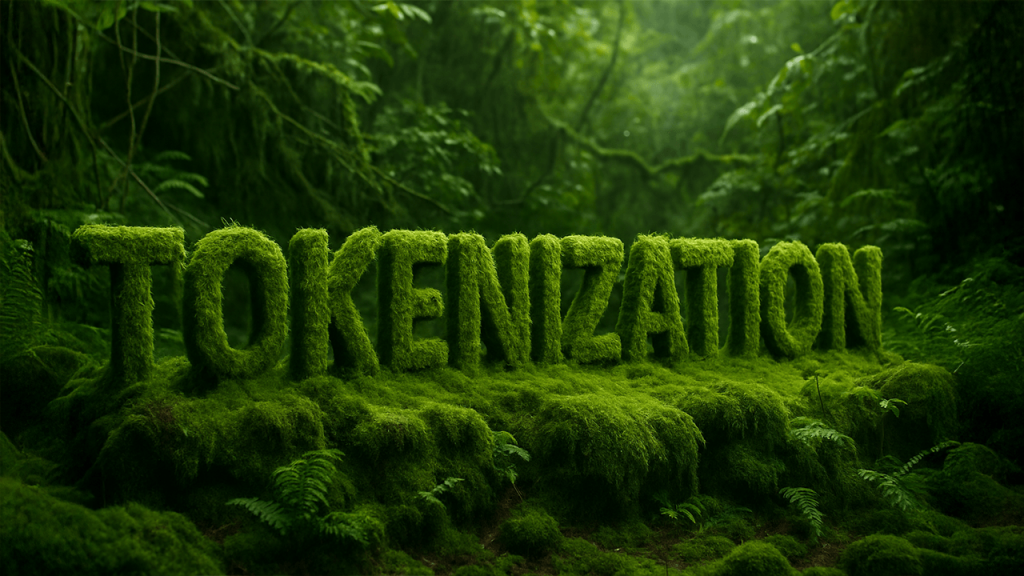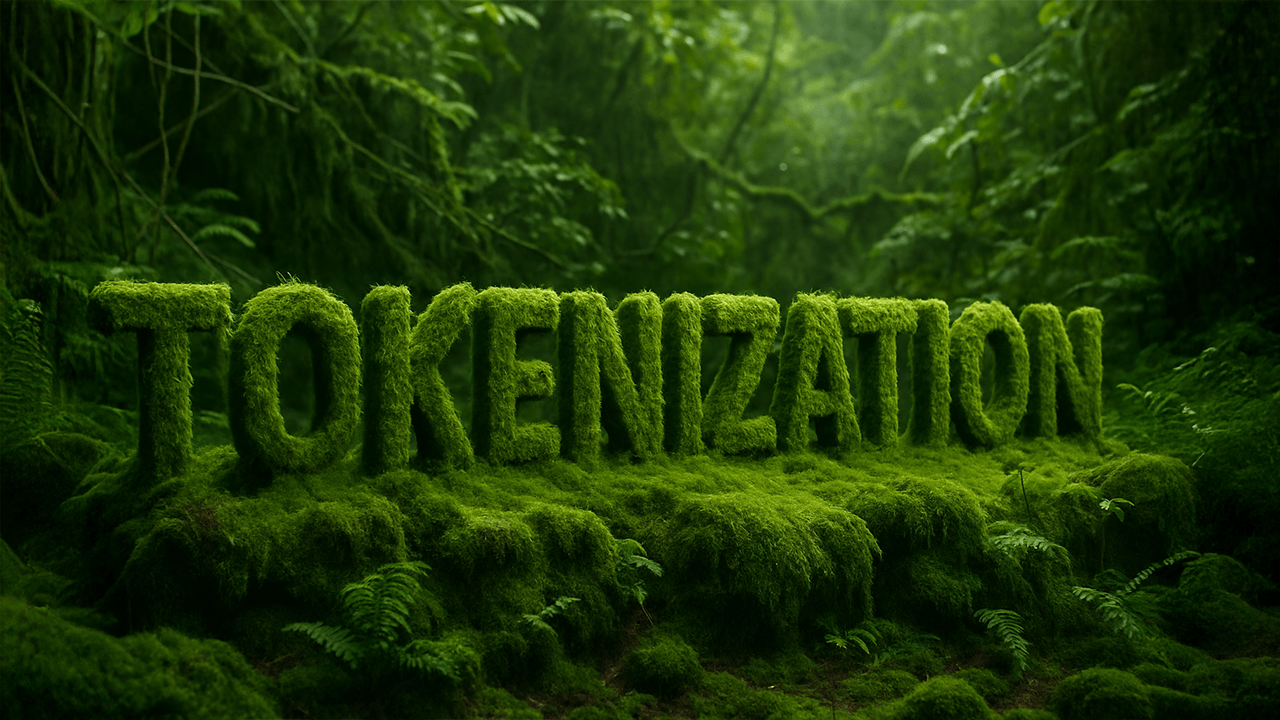
Democratizing Sustainability: How Tokenization is Revolutionizing Green Energy Investment
Introduction: A New Dawn for Green Investing
The global push towards sustainability has never been more urgent. Climate change is accelerating, and the need for renewable energy sources has become a top priority. However, traditional investment models in green energy often require substantial capital, making it inaccessible for the average investor. This is where tokenization emerges as a game-changer. By converting rights to green energy assets into digital tokens on a blockchain, tokenization democratizes investment opportunities, allowing individuals to participate in and profit from the green energy revolution. This innovative approach not only lowers financial barriers but also enhances transparency, liquidity, and accessibility, paving the way for a more inclusive and sustainable future.
Understanding Tokenization: Bridging the Investment Gap
Tokenization is the process of converting the rights to an asset into a digital token on a blockchain. In the context of green energy, this means representing ownership of renewable energy assets such as solar farms, wind turbines, or carbon credits as digital tokens. These tokens can be bought, sold, and traded on blockchain-based platforms, similar to how stocks are traded on traditional stock markets.
The primary advantage of tokenization is fractional ownership. Instead of requiring a large sum to invest in a solar farm, investors can purchase a fraction of it represented by a token. This significantly lowers the financial barrier to entry, enabling a broader audience to participate in green energy projects. By breaking down large investments into smaller, more manageable units, tokenization makes green energy investment accessible to a wider range of investors, from individuals to small businesses.
Key Advantages of Tokenization in Green Energy
Tokenization offers numerous benefits that are transforming the landscape of green energy investment:
Lowering the Barriers to Entry
Traditionally, investing in renewable energy projects required substantial capital, limiting participation to large institutional investors and high-net-worth individuals. Tokenization breaks down these barriers by allowing fractional ownership, enabling smaller investors to participate with amounts they are comfortable with. This democratization of investment opportunities is crucial for accelerating the growth of the green energy sector.
Increased Liquidity and Accessibility
Tokenized assets are more liquid than traditional investments. Tokens can be easily traded on exchanges, providing investors with an exit strategy and increasing the overall attractiveness of green energy investments. This enhanced liquidity makes it easier for projects to attract funding and encourages more participation.
Enhanced Transparency and Traceability
Blockchain technology ensures transparency and traceability in green energy investments. Every transaction is recorded on the blockchain, providing a clear audit trail of where funds are going and how they are being used. This transparency builds trust and encourages investors to support projects that align with their values.
Streamlined Fundraising for Green Projects
Tokenization simplifies the fundraising process for renewable energy projects. By issuing tokens, project developers can raise capital from a global pool of investors without the need for traditional intermediaries like banks or venture capitalists. This streamlined process reduces costs and allows projects to get off the ground more quickly.
Democratizing Carbon Credit Trading
Tokenization can also revolutionize the trading of carbon credits. By issuing tokens that represent verified carbon offsets, it becomes easier for companies and individuals to offset their carbon footprint and support sustainable projects. This increased accessibility and transparency can drive greater demand for carbon credits and accelerate the transition to a low-carbon economy.
Real-World Applications: Tokenization in Action
Several innovative projects are already leveraging tokenization to drive green energy investment:
Solar Power Projects
Companies are tokenizing solar farms, allowing individuals to invest in and earn a share of the electricity generated. This provides a direct link between investment and real-world green energy output. For example, a solar farm in Spain might issue tokens representing a share of its energy production. Investors can purchase these tokens and receive a portion of the revenue generated from the sale of electricity.
Wind Energy Projects
Similar to solar, wind energy projects are also being tokenized, offering investors the opportunity to own a piece of a wind turbine and benefit from its energy production. A wind farm in Denmark might issue tokens representing a share of its wind turbines. Investors can purchase these tokens and receive a portion of the revenue generated from the sale of wind energy.
Carbon Credit Platforms
Platforms are emerging that allow companies to tokenize their carbon credits, making them easier to trade and track. This enhances the credibility and efficiency of the carbon market. For example, a company in Brazil might issue tokens representing verified carbon offsets from its reforestation project. Investors can purchase these tokens and receive a portion of the revenue generated from the sale of carbon credits.
Green Bonds
Tokenized green bonds are streamlining the flow of capital into environmentally friendly initiatives. This makes it easier for investors to support projects focused on renewable energy, sustainable agriculture, and other eco-friendly ventures. For example, a green bond issued by a company in Germany might be tokenized, allowing investors to purchase a fraction of the bond and receive a portion of the interest payments.
These examples demonstrate the diverse applications of tokenization in green energy and its potential to drive significant impact.
Challenges and Considerations
While tokenization offers tremendous potential, there are also challenges and considerations that need to be addressed:
Regulatory Uncertainty
The regulatory landscape for tokenized assets is still evolving. Clear and consistent regulations are needed to provide clarity and certainty for investors and project developers. This includes defining the legal status of tokens, establishing rules for trading and custody, and addressing issues like taxation and anti-money laundering.
Security Risks
Blockchain technology is generally secure, but there are still risks associated with tokenized assets, such as hacking and fraud. Robust security measures are needed to protect investors and ensure the integrity of the tokenization process.
Scalability
Some blockchain networks may face scalability challenges as the number of tokenized assets and transactions increases. Solutions like layer-2 scaling solutions and alternative consensus mechanisms are being explored to address this issue.
Public Awareness and Education
Many people are still unfamiliar with tokenization and blockchain technology. Increased public awareness and education are needed to build trust and encourage wider adoption. This includes providing clear and accessible information about the benefits and risks of tokenized assets.
The Future of Green Energy Tokenization
Despite these challenges, the future of green energy tokenization looks promising. As blockchain technology matures and regulations become clearer, we can expect to see even more innovative applications of tokenization in the green energy sector.
Increased Institutional Adoption
As the market matures, institutional investors are likely to become more involved in tokenized green energy assets, bringing significant capital and expertise to the sector. This increased participation can drive further innovation and growth in the green energy market.
Integration with Smart Grids
Tokenization can be integrated with smart grids to create decentralized energy markets, where individuals can buy and sell renewable energy directly to each other. This can create a more efficient and resilient energy system, where energy is traded in real-time based on supply and demand.
Development of New Financial Products
Tokenization can enable the creation of new financial products, such as green energy-backed loans and carbon offset derivatives, further driving investment in sustainable projects. These new financial products can provide investors with more options and flexibility, making it easier to support green energy projects.
Global Expansion
Tokenization has the potential to drive green energy investment in developing countries, where access to capital is often limited. By connecting projects with a global pool of investors, tokenization can help accelerate the transition to sustainable energy in these regions. This can have a significant impact on reducing global carbon emissions and promoting sustainable development.
Conclusion: A Sustainable Future, Token by Token
Tokenization is more than just a technological innovation; it’s a catalyst for change. By democratizing investment, enhancing transparency, and streamlining fundraising, tokenization is unlocking new opportunities for individuals, businesses, and communities to participate in the green energy revolution. As we move towards a more sustainable future, tokenization will play a critical role in mobilizing capital, accelerating the deployment of renewable energy projects, and empowering individuals to make a positive impact on the planet. The future is green, and it’s being built, token by token.





